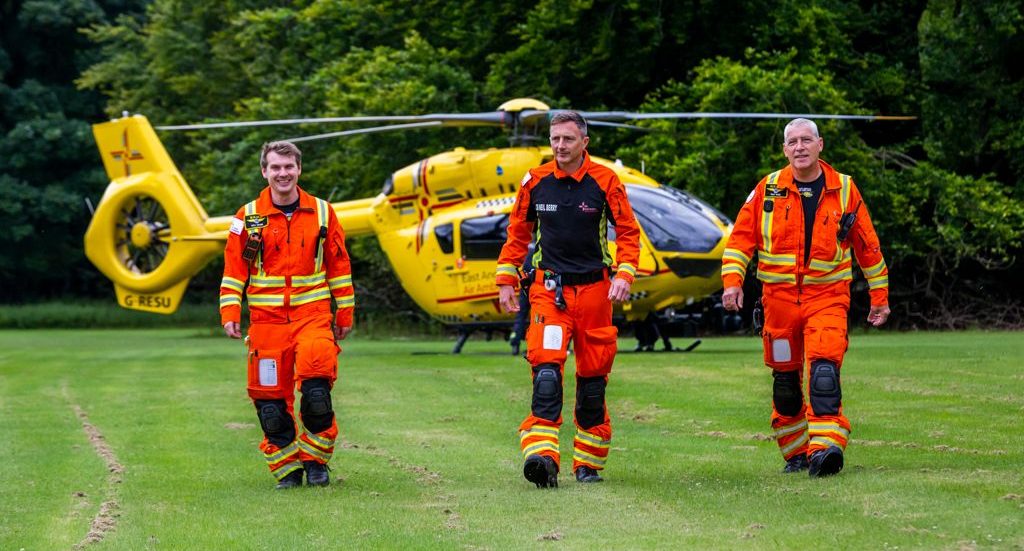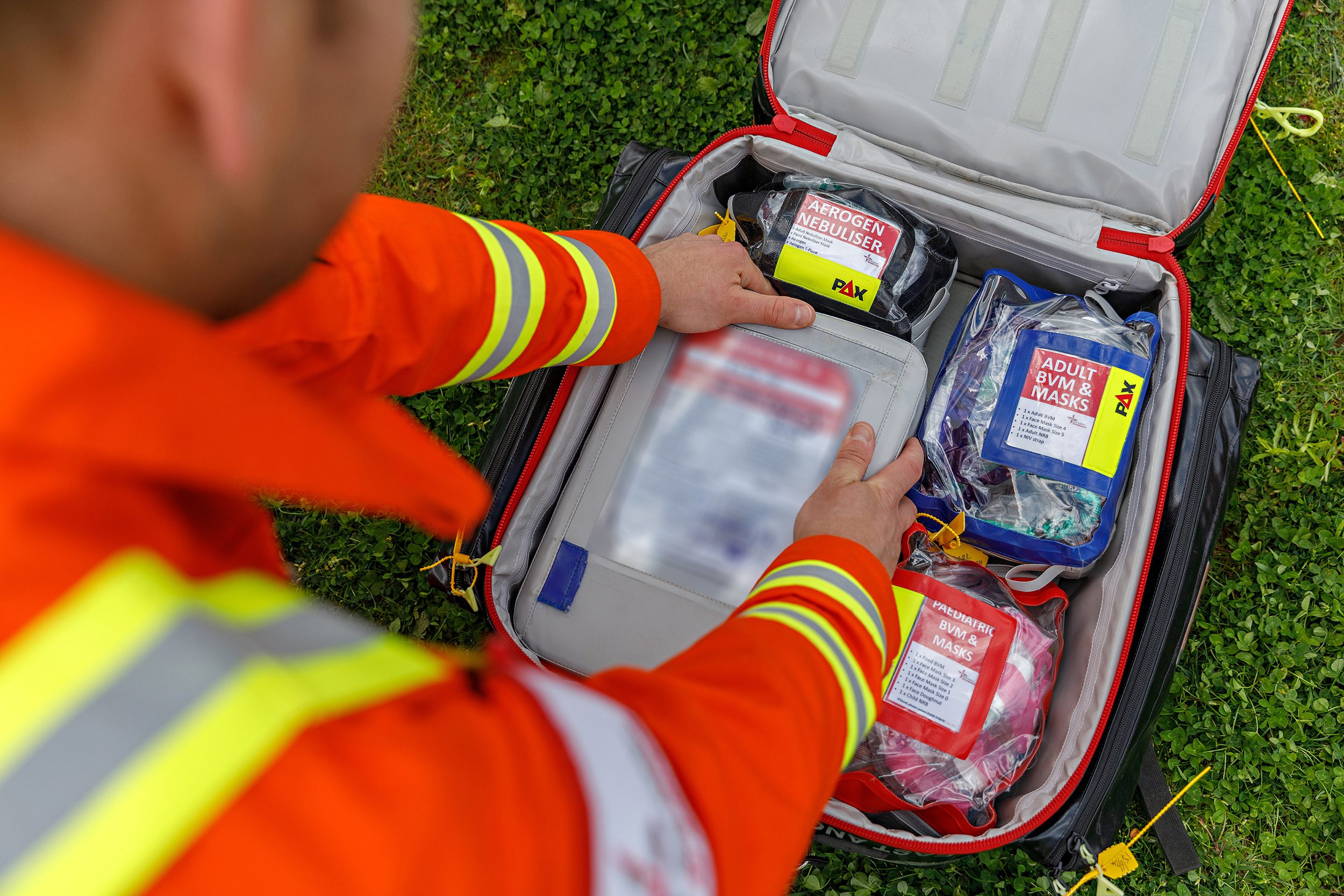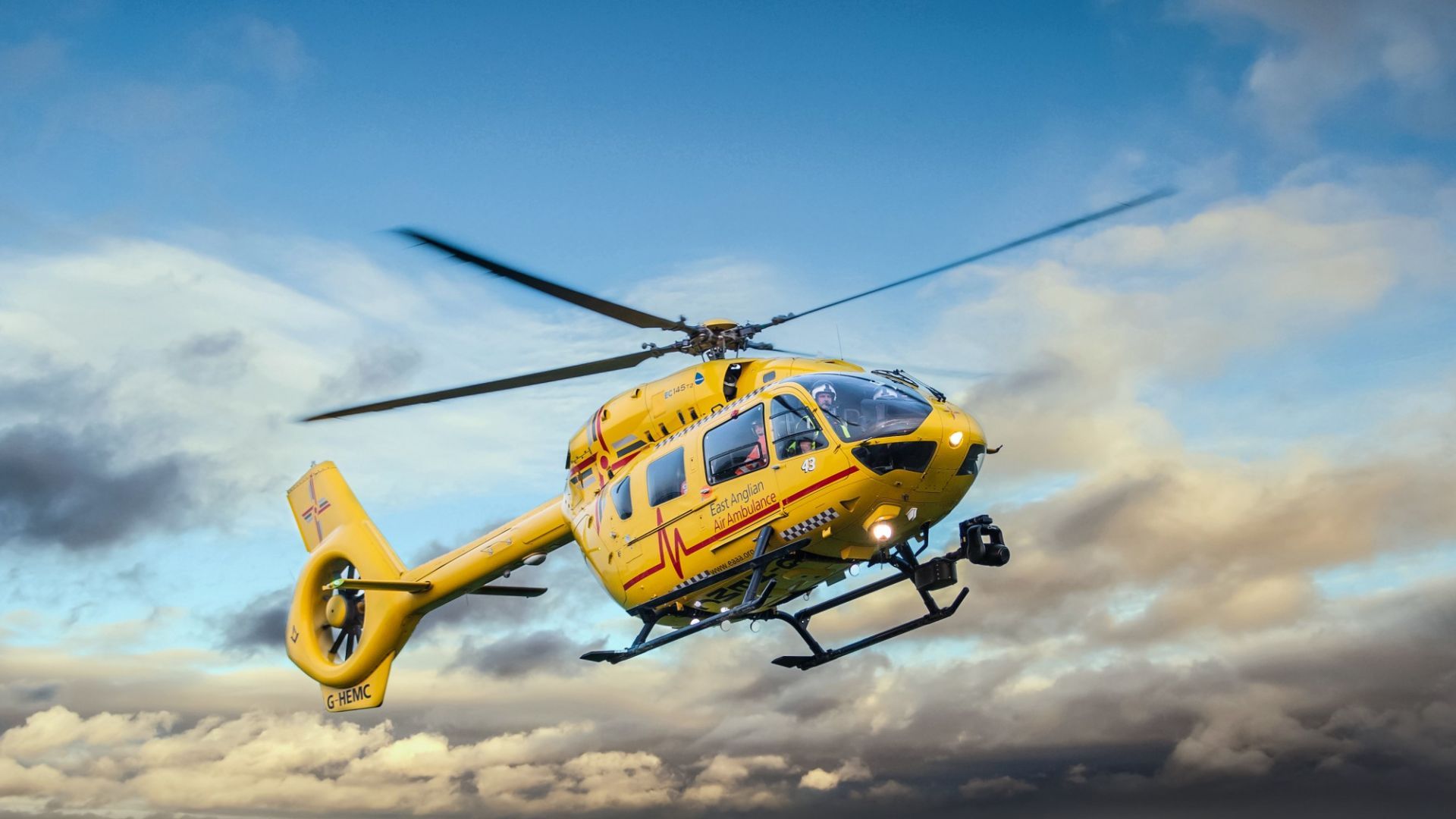Critical Care Cars
Alongside the helicopters, East Anglian Air Ambulance operates critical care cars; Volvo XC90s, also known as call sign NMED87 and NMED85 in Norwich, and CMED89 and CMED88 in Cambridge. The vehicles carry the same high standard of medical monitoring and assessment equipment as the helicopters.
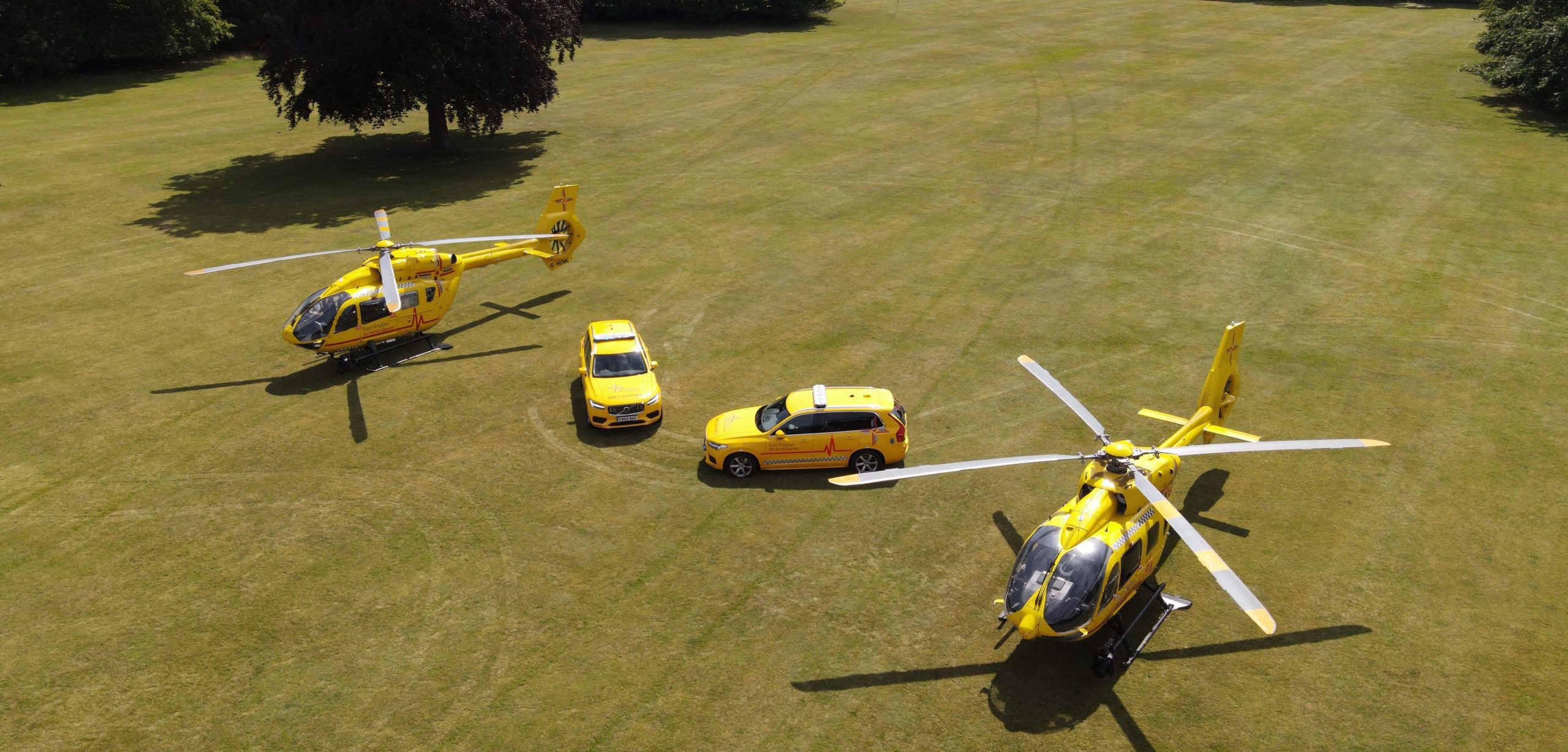
Why do we need cars?
The vehicles offer more resilience, allowing EAAA crews to provide effective 24/7 cover by car and, with exception of a stretcher, are equipped with the same high standard of medical monitoring and assessment equipment as the two helicopters.
Land vehicles are sometimes the best option to reach patients in the quickest time, especially if the medical emergency is in a location where the helicopters cannot easily land, such as urban areas, or in the event of inclement weather when the conditions are out of legal flying limits.
Both car and helicopter are treated in the same way in terms of loading checklists for example. Everything restocked to same levels and the Governance and checking systems are the same.
Inside our Critical Care Cars
Explore our 3D Critical Care Car to find out more about our cars and the medical equipment we carry.
5000
SQ. MILES COVERED
43%
INCIDENTS BY ROAD
40,000
MILES COVERED
1,274
TASKINGS BY ROAD IN 2023
Special features
The hybrid Critical Care Cars have an electrical charging plug, used to charge the medical equipment contained inside, which automatically releases when the engine is turned on. This creates an even faster and safer start for the critical care team when tasked.
The vehicles also have:
- Charging ancillary electrics
- A separate battery to operate blue lights so the main car battery system isn’t drained.
- Blue lights and emergency lighting.
- Ambulance radio system in the vehicle. This is connected to the Critical Care Desk (CCD) to enable the clinicians to receive updates on the task, or even be re-tasked, in the same way that they can in the helicopter. The radio is also tracked so the CCD can see where the team is at any one time. The Dispatcher can help with directions if required.
There is also:
- A wide boot space for all clinical equipment (with the exception of the stretcher).
- Four-wheel drive and good ground clearance for coping with speedbumps, kerbs, off-road terrain and low grip access.
- High seating position for good visibility
- Good performance, ride and handling.
- Car has additional internal lighting so clinicians can easily see equipment at night.
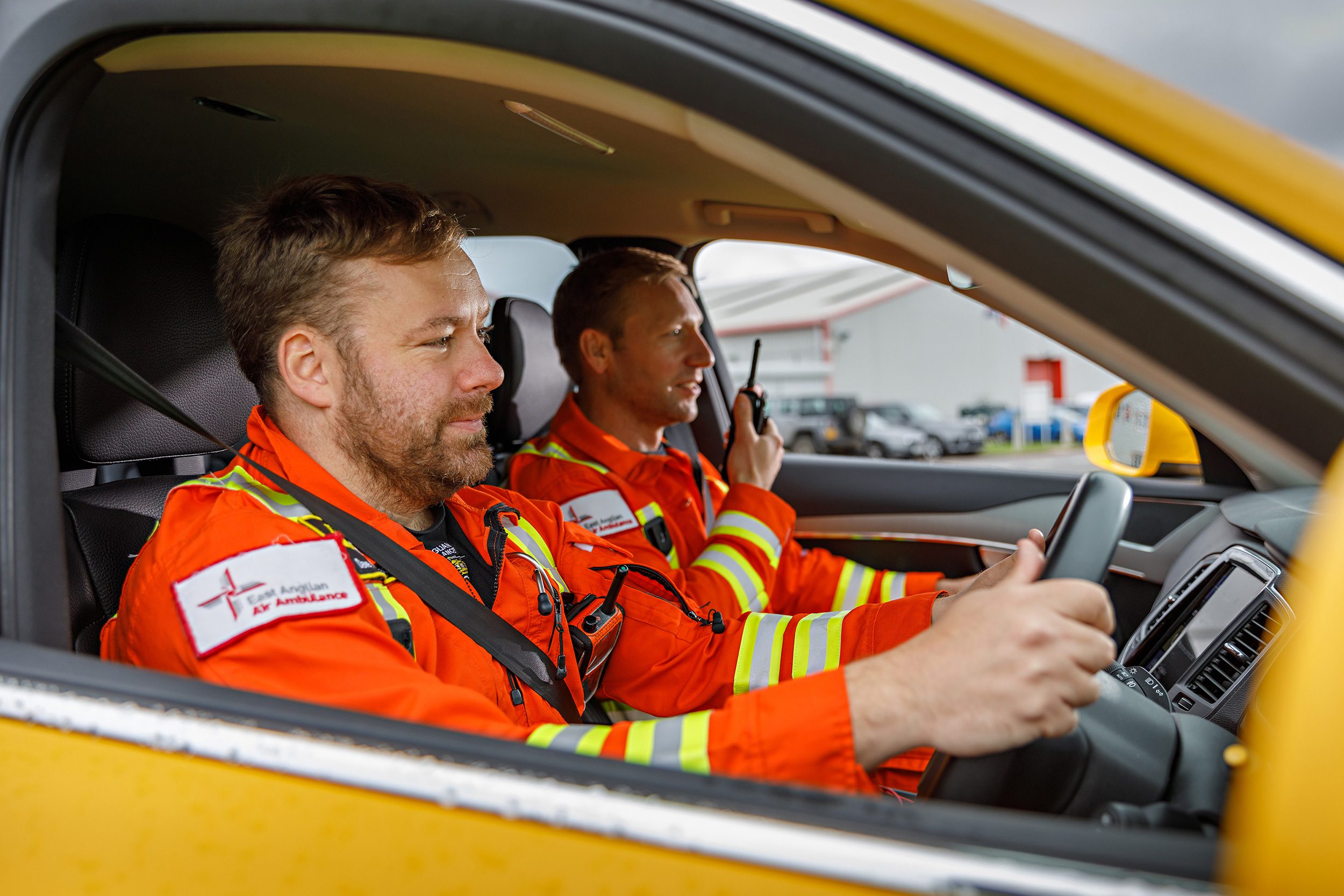
Frequently asked questions
Why Volvos?
We are ever mindful of the generosity and trust of EAAA supporters, so when purchasing our new vehicles, we wanted to ensure value for money while providing resilience for the future to deliver a 24/7 life-saving service.
There were plenty of factors considered when trialling and purchasing the new vehicles, which included performance, reliability, safety, load capacity, resilience, and futureproofing.
We are grateful for the incredible support which enabled us to upgrade our previous vehicles so our teams can continue to provide 24/7 life-saving critical care across our region by air and road.
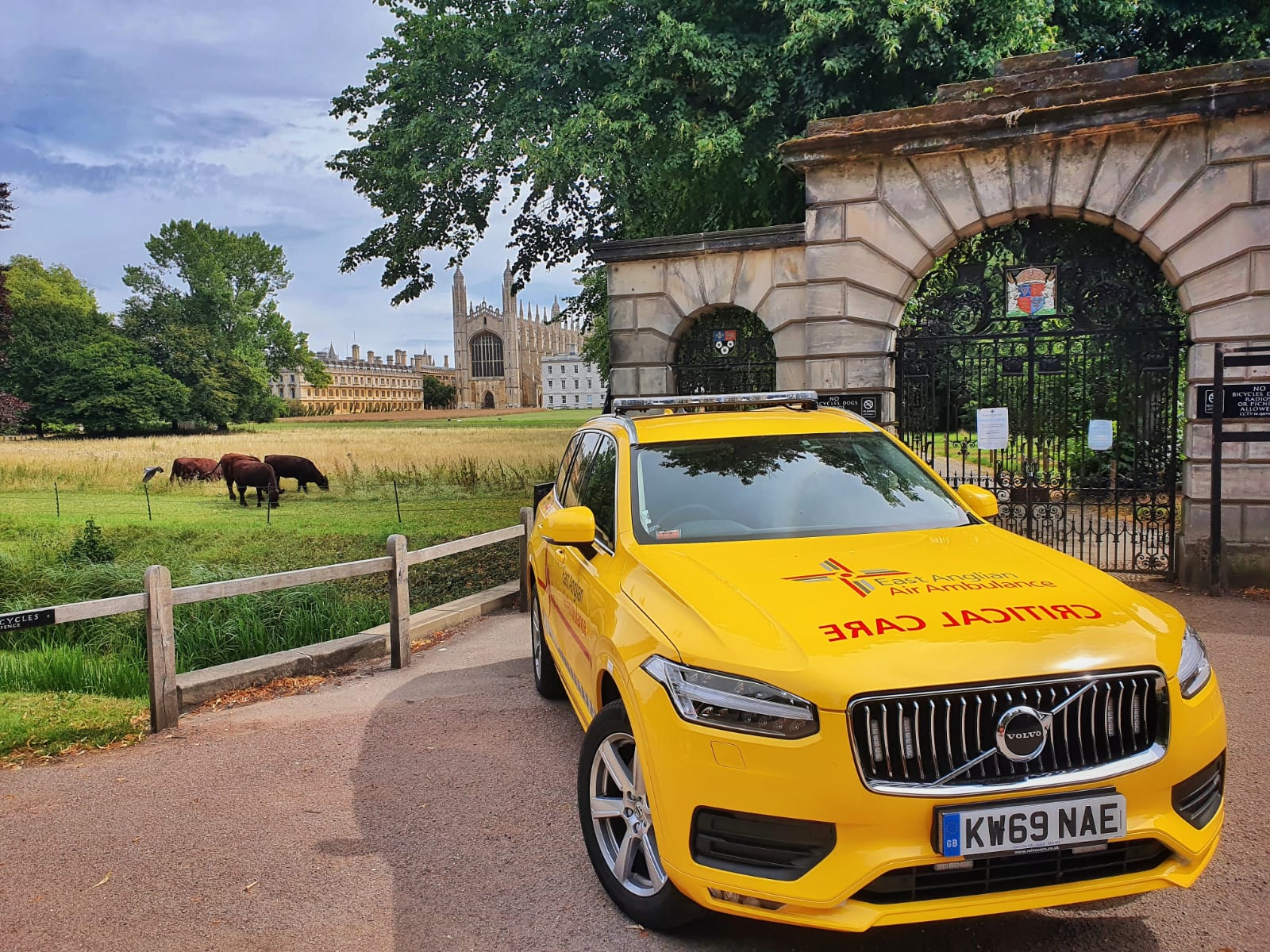
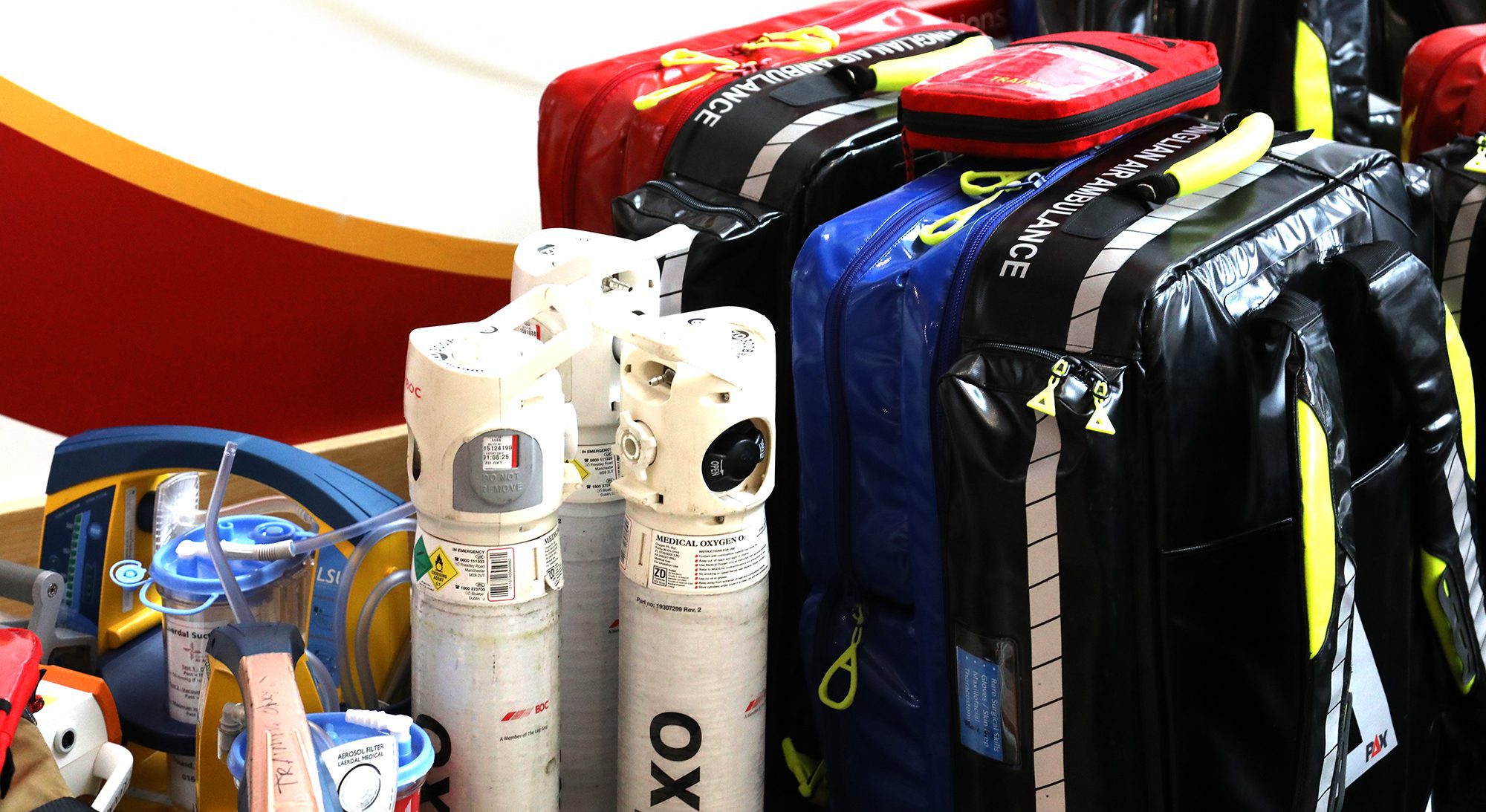
The kit and equipment we carry
The high-tech equipment carried by EAAA’s helicopters and critical care cars enables enhanced care at the incident scene – when the patient needs it most. Learn more about some of the latest equipment carried on board our helicopters and Critical Care Cars when the crew attend life-threatening emergencies.
